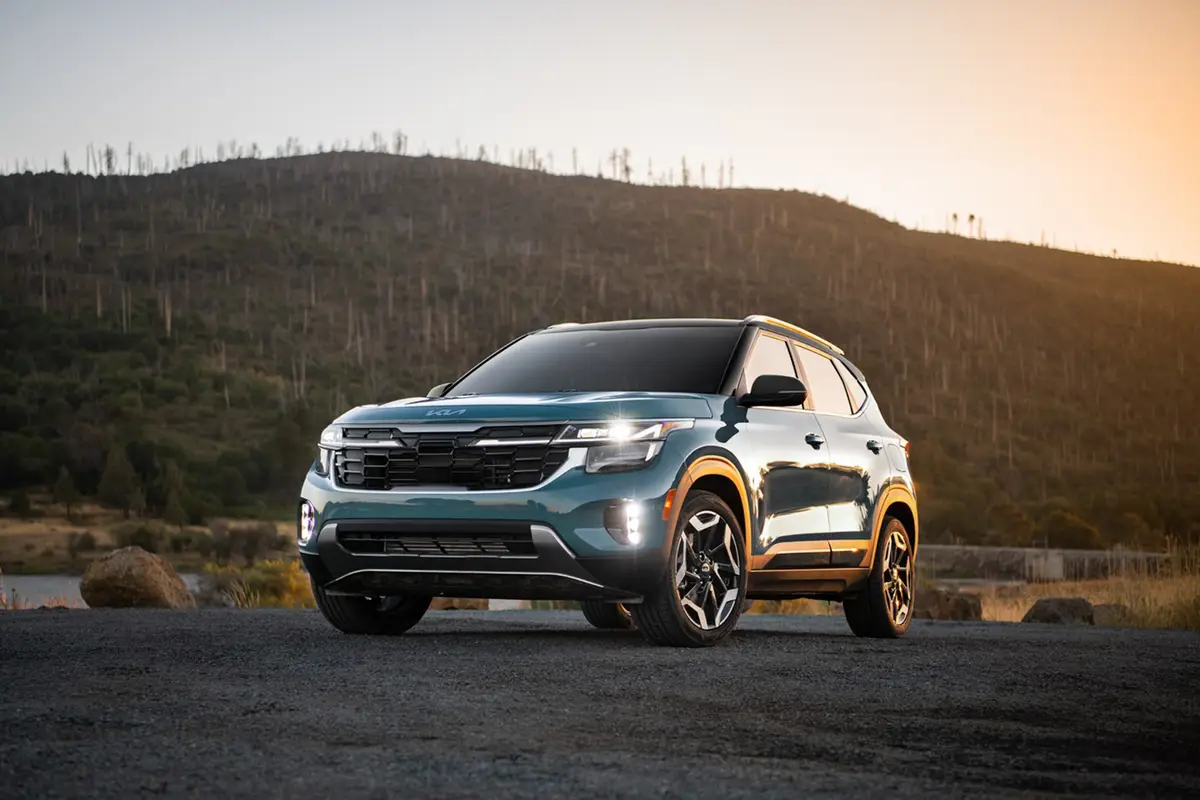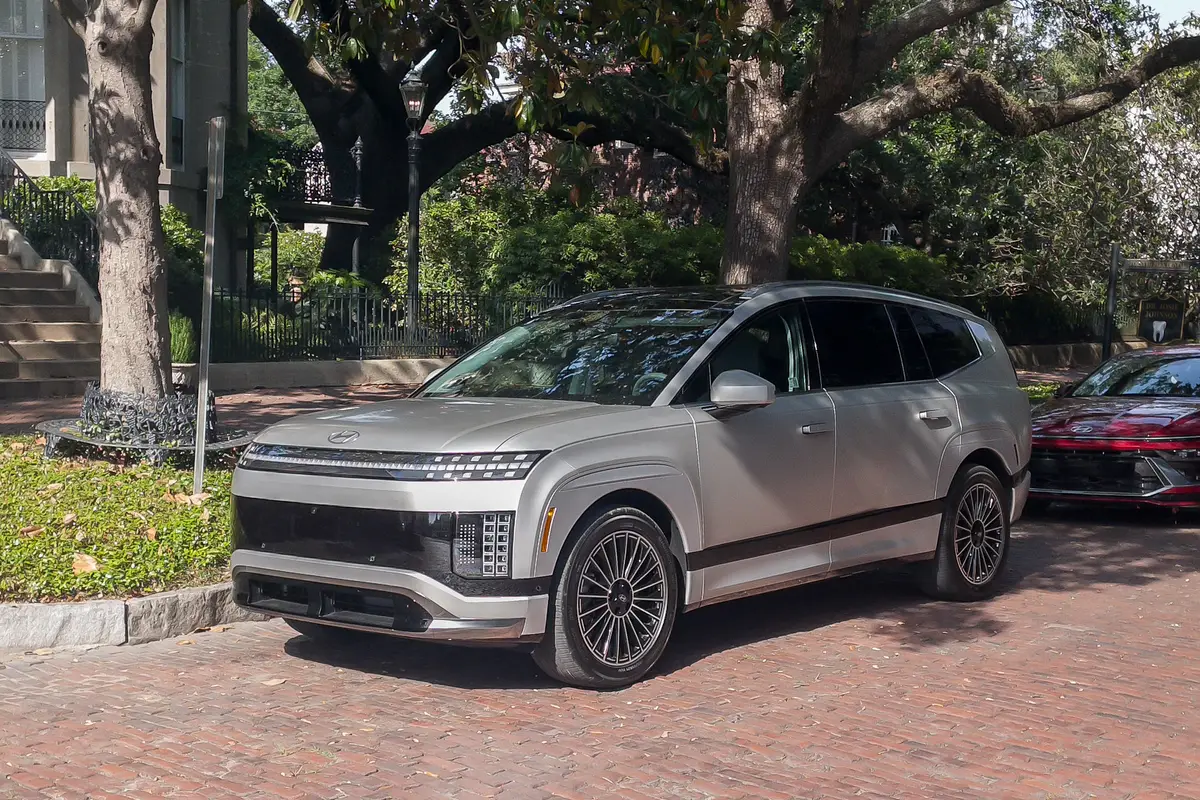Star-Telegram.com's view
Just in time for high gasoline prices: An all-new and quite-affordable gas-sipper from Nissan.
Welcome the 2007 Nissan Versa, a premium-looking and – feeling compact car.
Prices will begin at just over $12,000 when the vehicle’s first model, a five-door hatchback, goes on sale in July. A four-door sedan version will follow in January.
Did I mention the fuel economy numbers yet? Silly me. With gasoline once again approaching $3 a gallon for regular unleaded, this probably is more important than the Versa’s price.
EPA ratings are 30 miles per gallon in the city and up to 36 mpg on the highway with the optional continuously variable automatic transmission, and 30 city/34 highway with the standard six-speed manual gearbox. Even with the optional four-speed traditional automatic transmission, the ratings are 28 city/35 highway.
For those of you who might be considering a hybrid compact or midsize car, the Versa would be a great alternative. It’s slightly more than half the price of the cheapest hybrid, and gets fuel economy that comes close to that of some of the hybrid cars, including the Honda Civic and Accord.
Under the hood of the Versa is a peppy little 1.8-liter four-cylinder engine that turns out 122 horsepower and 127 foot-pounds of torque.
That’s much better than the figures for the new Toyota Yaris, for instance, which comes with a 1.5-liter four-cylinder rated at 106 horsepower, and the new Honda Fit, with 108 horsepower. Both of those vehicles are direct competitors to the Versa, with similar starting prices and EPA ratings.
But the Versa stands above those competitors, and similar vehicles such as the Kia Rio and Chevrolet Aveo, as well.
Rather than having the feel of the inexpensive Japanese econobox that one might expect of an under-$13,000 car with great fuel economy, the Versa seems to be a lot more car, and a lot more expensive.
The reason is that in Japan, the vehicle that will be sold in the United States as the least-expensive Nissan product is actually marketed as a small luxury car.
As such, the Versa “doesn’t compromise on styling, performance or versatility,” said Nissan Senior Marketing Manager Joe Samfilippo.
“This is the first no-compromise entry-level vehicle to hit the market,” he said. “And the timing could not be better” because of soaring gasoline prices and the recent introductions of the competing Yaris and Fit.
The Versa comes in just under the Sentra sedan in size and price.
The Sentra, which long has been Nissan’s entry-level vehicle in the U.S. market, is growing and moving more upscale with a complete redesign for 2007, leaving a “void in the sub-$14,000 price range” for Nissan, Samfilippo said.
The segment is a growing one, thanks in part to inflated gasoline prices. More than 1.9 million vehicles in this class were sold in the U.S. market last year, which was 11 percent of total U.S. new-vehicle sales.
Growth, Samfilippo said, is coming from the so-called echo boomers. They are the children of baby boomers, and are now maturing into driving age and the age of their first new-vehicle purchases.
There will be an additional 16 million echo boomers by 2010, he said.
Beyond that group, small cars are finding appeal among those who are concerned about the rising costs of operating vehicles, he said.
“Many consumers are giving thought to small cars for the first time in a long time,” he said.
But most of the small cars on the market today are “cramped, sparsely equipped and underpowered,” Samfilippo said.
“The versa offers class-leading interior space and comfort, with upscale quality and amenities.”
The Versa fits into Nissan’s new across-the-board sedan strategy, which promises “no weak spots,” he said.
The Versa’s marketing campaign will have a “youthful tone,” Samfilippo said, but the vehicle is not being marketed specifically to a youth audience the way Honda is doing with the Fit and Toyota is doing with its Yaris and the entire Scion line.
“We’re not developing a youthful brand like Scion,” he said. “The Versa will appeal to a broad range of age groups. Buyers will be those seeking a smart, uncompromising vehicle.”
The Versa is surprisingly roomy, even in the back seat. Full-size adults can sit three-across, and there is ample leg room.
“This is a spacious, high-quality compact vehicle designed to allow long drives in comfort,” Samfilippo said. “There is abundant rear leg room.”
Nissan believes that for many Versa buyers, this will be their only car, he said.
To help make the car stand out, it comes with high-quality interior materials, well-padded seats, and double-stitching for the upholstery, he said.
Nissan designers used the current-generation Maxima sedan as their benchmark for the Versa’s interior, Samfilippo said. The Maxima is Nissan’s flagship.
The Versa’s interior includes “soft-touch” materials that usually are found only in premium or luxury cars, Nissan said.
Four trim levels will be offered. The base model, which will have the just-over $12,000 price, will be the 1.8 S version, which comes with a six-speed manual gearbox.
Next will be the 1.8 S with the four-speed automatic, followed by the 1.8 SL with the six-speed manual, and then the top-of-the-line 1.8 SL with the continuously variable transmission. Exact prices have not yet been released, but the top model with all available options is expected to cost about $17,000. Standard features on even base models will include air conditioning, tilt steering wheel, 15-inch steel wheels, power outside mirrors, rear-window defrost and a 120-watt single-disc AM/FM/compact-disc audio system.
There will be seven options packages available, the company said. Other extras will include SIRIUS or XM satellite radio (buyer’s option), antilock brakes (available on all trim levels), and upgraded audio systems, including a 180-watt system with a six-disc in-dash CD changer.
The 180-watt system will be standard on the SL models, along with cruise control, 15-inch alloy wheels, and power windows and door locks with remote. All Versas will come with front seat-mounted side air bags, along with overhead side-curtain air bags for front and rear passengers.
The six-speed manual transmission is one that was designed and built by France’s Renault, which holds a controlling interest in Nissan.
The Versa’s chassis architecture was developed jointly by Nissan and Renault, and also is used on a Renault model sold in Europe and other world markets.
The Versa is to be built in Nissan’s factory in Aguascalientes, Mexico. It is sold in Mexico and other world markets as the Tiida. The U.S. version was named Versa for its “versatility,” Samfilippo said.
Nissan expects the 1.8 S model with the conventional four-speed automatic to be the volume-seller in the U.S. market. Its base price is expected to be about $13,000.
“This is a car for comfortable, stress-free driving,” Samfilippo said.
G. Chambers Williams III is staff automotive columnist for the San Antonio Express-News and former transportation writer for the Star-Telegram. His automotive columns have appeared regularly in the Star-Telegram since 1995. Contact him at (210) 250-3236; chambers@star-telegram.com.
Latest news



